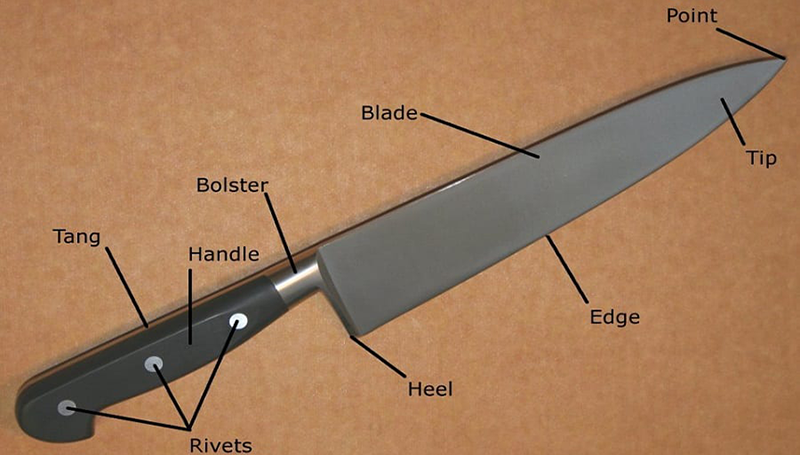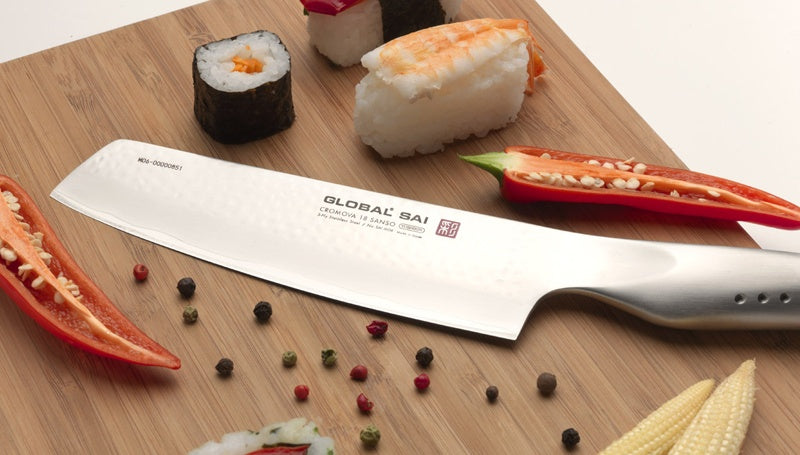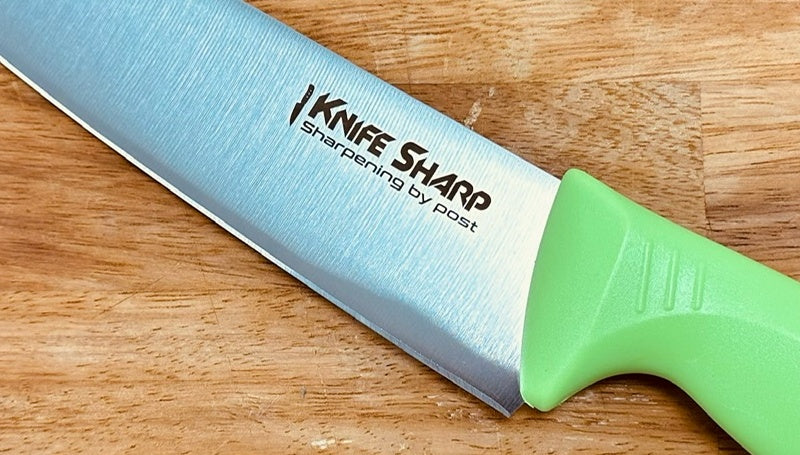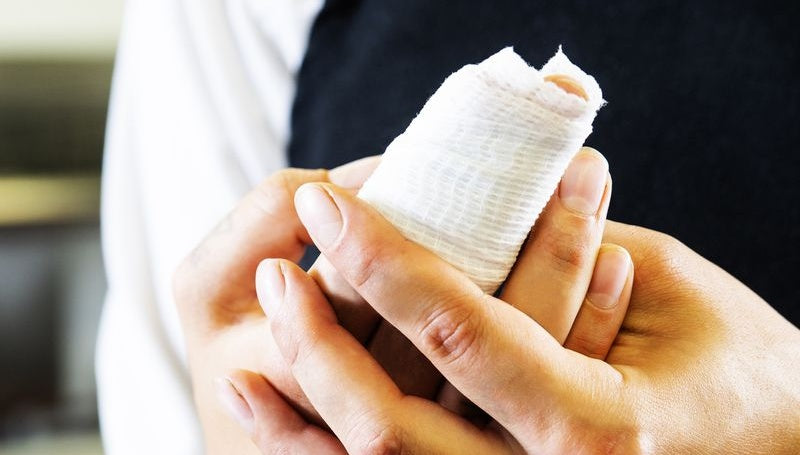FREE SHIPPING ACROSS THE UK
5 STAR CUSTOMER REVIEWS ⭐️⭐️⭐️⭐️⭐️
SHARPNESS GUARANTEED
FREE SHIPPING ACROSS THE UK
5 STAR CUSTOMER REVIEWS ⭐️⭐️⭐️⭐️⭐️
SHARPNESS GUARANTEED
Add description, images, menus and links to your mega menu
A column with no settings can be used as a spacer
Link to your collections, sales and even external links
Add up to five columns
Add description, images, menus and links to your mega menu
A column with no settings can be used as a spacer
Link to your collections, sales and even external links
Add up to five columns

Anatomy of a kitchen knife
March 29, 2020 2 min read
There are hundreds of different types of knives, even when just looking at the humble kitchen knife. However, most kitchen knives have a number of similar features, that go beyond just a handle and a blade. Below we go through some of the more interesting features that kitchen knives often have…
Spine - The spine is the backside of the blade opposite the cutting edge. It is nearly always thicker than the cutting edge and dull to make it safe to place your flat hand on top of it for extra control and added pressure. The thickness depends on the type of knife, for example, some cleavers have very think spines to be able to withstand a large amount of pressure.
Tip/Point - The tip/point of the knife is the pointed end of the knife. Depending on the type of knife the angles of the tip can vary massively. Tips can get broken from dropping the knife on a hard surface or from trying to stab something too hard (something we don’t recommend!). We can repair knife tips free of charge with our knife sharpening service.
Heel - The heel is the rear portion of the blade furthest away from the tip, and often the strongest area of the blade. This area can be used to cut through food that requires more force than usual.
Edge - This one is pretty self-explanatory! The edge that does the cutting, this can be single bevelled, double bevelled, asymmetric, or serrated. You can also have V-edge, bevel edge, convex, hollow ground, and chisel edges. More complex than you thought!
Bolster - this is the balancing point between the blade and the handle, protecting fingers from the blade while adding comfort. Not all knives have bolsters it depends on the design of the knife, and bolsters are often used to provide the “feel” of the knife in terms of weight and balance. It also provides a secure transition to the…
Handle - Handles can be riveted, cemented, or glued, and made from a huge range of materials. On some knives, they surround the full tang of the knife.
Tang - this is the portion of metal within the handle. A full tang which runs through the entire handle is ideal and will provide strength and balance to the knife. Not all knives have a full tang some are three quarter or half tang. It also adds weight to the handle which affects the balance and how the knife “feels” when cutting.
Butt – this is the end of the handle. Some knives have steel caps over the butts to protect the handle, and holes which can act as a hook.
So, there you go, you now fully understand the anatomy of a kitchen knife. Hopefully one day you’ll be in a pub quiz with a question about where the heel of a knife can be found!
If you want your kitchen knives professionally sharpened and repaired take a look at our knife sharpening by post service.
Stay Sharp!
Also in The 'Sharp' Blog

Identifying fake & counterfeit Global knives
May 01, 2024 3 min read
Here at Knife Sharp, we sharpen hundreds of Global knives every week. We love them as they are high quality and hold a fantastic sharp edge. However more recently we have been seeing more and more fake Global knives come to us...
Read More

New and Improved! Knife Sharp Chefs Knife
January 23, 2024 1 min read
We have been selling our specially designed Knife Sharp chefs knives for a good while now, with great feedback from our customers, but for 2024 we've decided to give it a bit of a upgrade! Our new knife is still specially designed and made for us...
Read More

Why Sharp Knives are Safe Knives!
August 18, 2023 2 min read
Here at Knife Sharp we often come across people saying they don’t want their knives sharpening as they feel like they will cut their fingers more often when using them. This is the exact opposite to what will happen! A sharp knife is a much safer knife, here’s why…
Read More
